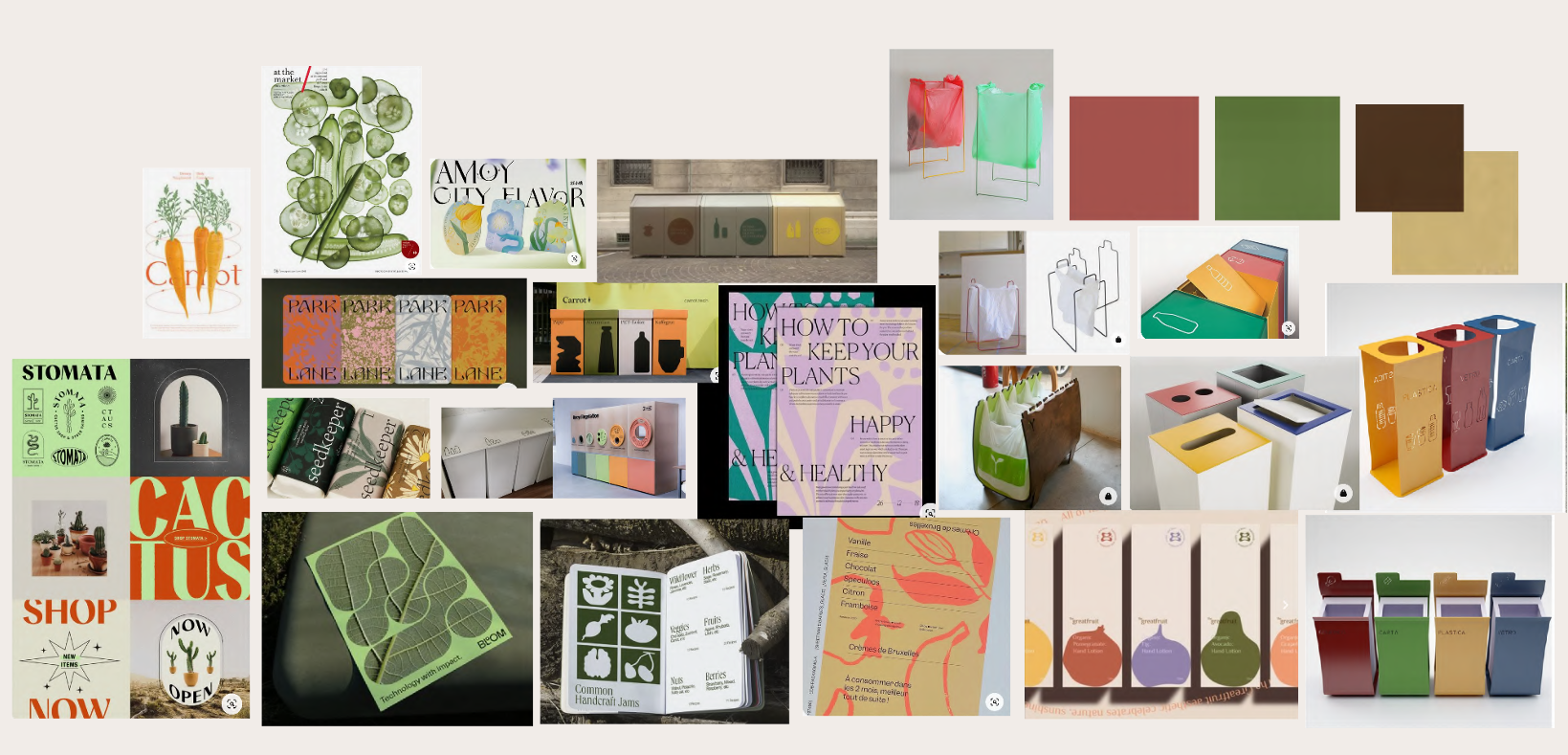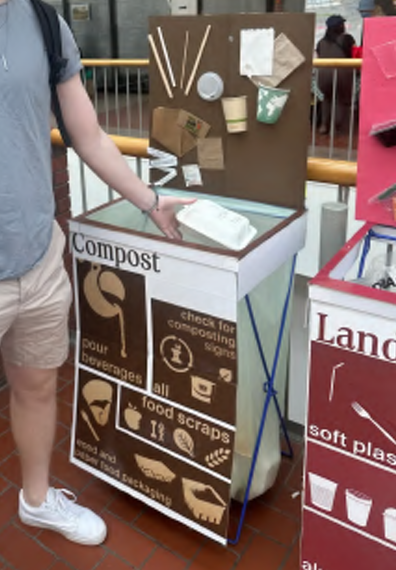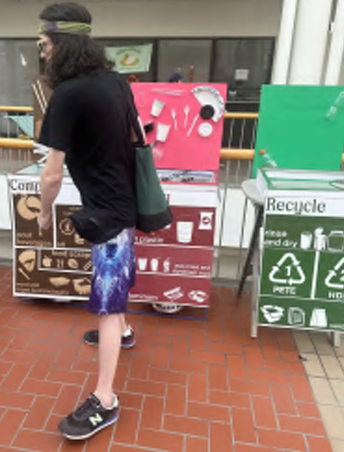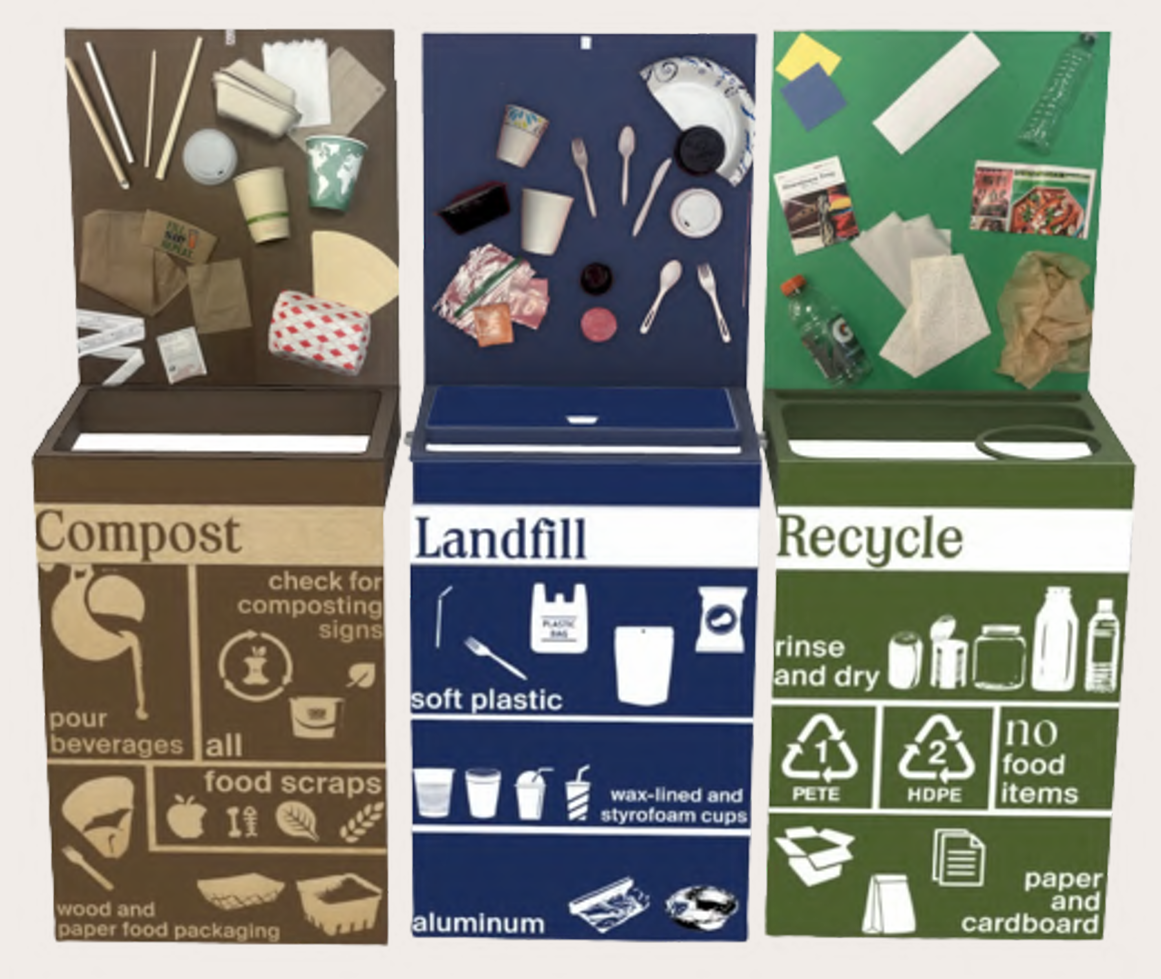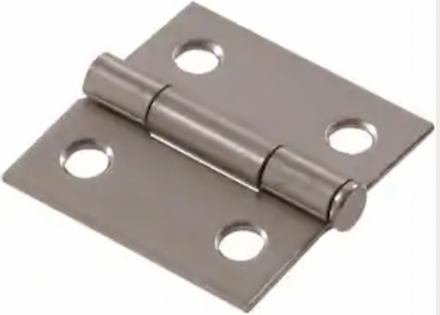ECO GUIDES
work Contact
Eco-Guides is a collapsible, visually guided waste system developed for the Troy Farmers Market to help vendors and visitors correctly sort their trash, compost, and recyclables. With inconsistent vendor compliance and widespread user confusion, waste often ends up improperly sorted, compromising the market’s sustainability goals. The Eco-Guides address this with a modular, collapsible signage system that wraps existing wire frames, using color-coded lids, large icons, and market-specific collages to nudge behavior and reduce human error. Designed with input from market managers, volunteers, and frequent attendees, Eco-Guides blend signage clarity with structural ease.
01 — Problem Framing & User Discovery:
We partnered with the Troy Farmers Market and identified that the current waste system suffers from poor signage, weak structural support, and inconsistent user behavior.
We visited the market to analyze usage patterns and noted specific errors in waste sorting related to vendor packaging and external items.
Images of the original waste set-up at the Troy Farmer’s Market and a mind map documenting our observations.
02 — Aesthetic brainstorming
Three moodboards were assembled. One was for the Troyʼs Farmers Market, another for bin system aesthetics, and the last for competing products. These moodboards established the overall aesthetic of the product.
03 — Ideation & low-fidelity Prototyping
Initial sketches explored potential features like collapsibility, signage clarity, and intuitive bin openings, supported by moodboards and iterative thumbnail sketches.
Image 1: Pinup focusing on signage and signifiers.
Image 2: Pinup focusing on the linear arrangement of the bins and collapsibility function.
Image 3: Thumbnails of proposed solutions and iterations
Image 4: Second pinup focusing on collapsibility and function.
We constructed foam-core models with mod-podged signs and experimented with the foldability and signage visibility.
Development of a low-fidelity prototype with foam core, wallpaper, and dolphin tape found in the studio backroom.
04 — User Testing & Feedback
Multiple rounds of testing—both in class and at the market—informed revisions to signage scale, color contrast, icon design, and how the bins opened or folded.
Users exploring the signage of the rough prototype and determining where to place their items. Full Insights can be found in the full design report.
05 — high-fidelity prototyping
Laser-cut taskboard structures with vinyl signage and real-item collages improved clarity and usability. Designs were scaled to fit market wireframes and tested on site.
Development of a higher fidelity prototype.
06 — User Testing & Feedback round 2
User testing conducted both in-class and at the Troy Farmers Market revealed that clear signage, especially collages of real items, significantly improved users' ability to sort waste correctly, though confusion remained around nuanced materials like wax-lined paper.
Market managers and users emphasized the importance of visual clarity, intuitive bin design, and practical features like handles and compost-friendly lids to enhance both understanding and usability.
07 — Final Concept & Next Steps
Final proposals include waterproofing with aluminum sheets, adding latches for carrying, and improving signage for wax-lined vs compostable confusion.
The 3D rendering for the final concept was created in Rhino, and the materials were selected to enhance the overall durability of the design.





